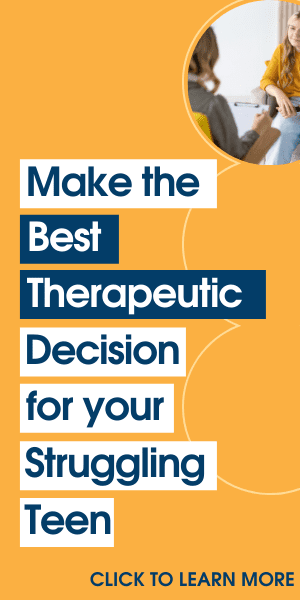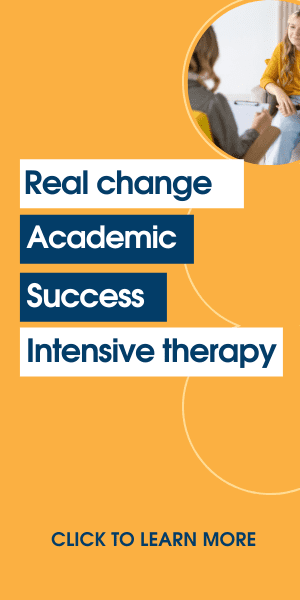Updated on July 19, 2023
As parents, it’s essential to understand the trends and stay informed on relevant yet alarming teen drug abuse statistics. By understanding the risks your teenager is facing, you can take proactive measures to keep your children safe.
According to the National Institute on Drug Abuse (NIDA), approximately one in three teenagers currently engage in activities that put them at risk of developing a drug problem. Look out for warning signs like binge drinking, seeking approval from others, and a social life centered around illicit activities.
As parents, it’s crucial to intervene early and have an honest yet calm conversation with your teenager about drug use and abuse. Familiarize yourself with drug abuse statistics to empower yourself in identifying and addressing potential issues.
Statistics and Insights
Marijuana Use
Despite a decline in marijuana use since the 1990s, approximately 3,300 teenagers try weed for the first time every day.
- Almost 4 in 10 high school students have tried marijuana, according to the CDC.
- Starting marijuana use before age 12 doubles the likelihood of developing a mental illness compared to starting at age 18 or later.
- More than half of marijuana users (current or past) 18 or older started between ages 12-17.
- About 2% of individuals tried marijuana before age 12.
- Recent data shows a decrease in marijuana use among 8th graders to 0.7% in the past five years.
- Among 12th graders, 6% report daily use, equivalent to about 1 in 16 high school seniors.
- Fewer 8th and 10th graders consider regular marijuana use harmful, and disapproval rates are lower among 10th and 12th graders.
- Only 29% of 12th graders believe regular marijuana use carries a significant risk.
- 14.1% of 12th graders think occasional marijuana use is harmful.
The perception of marijuana as a “safe” drug, and the legalization in certain states fueled by debates surrounding medical usage and legalization, is likely responsible for this surge.
However, there are significant concerns regarding prescription drug abuse and Opioid abuse. In 2021, the US Department of Health and Human Services (HHS) and SAMHSA reported that more young people misuse prescription stimulants than cocaine or amphetamines.
Prescription Drug Abuse
Prescription stimulant misuse among young people surpasses cocaine or amphetamine abuse.
- 5.0% of 12 to 17-year-olds have used cocaine in the past year.
- 8.9% of 8th graders have tried amphetamines in their lifetime.
- 1.1% of 8th graders have tried methamphetamine.
- 8th graders in 2020 are 56.1% more likely to have tried amphetamines compared to 2017.
- 1.6% of 12th graders have used crack cocaine at least once.
- In the past year, 4.4% of 12th graders used Adderall and 4.3% used amphetamine.
- 1.7% of 12th graders used Ritalin, while 1.4% used methamphetamine.
Opioid abuse is now a national public health emergency that affects the whole country.
- In the 21st Century, the number of opioid-related overdose deaths among this age group has been increasing by as much as 30.7% each year.
- High school students who use prescription opioids as prescribed are 33% more likely to misuse opioids after graduating.
- 5.3% of 12th graders have tried misusing prescription opioids other than heroin at least once.
- 0.4% of 12th graders have tried heroin.
- In the past year, 2.4% of 12th graders misused OxyContin, and 1.2% misused Vicodin.
Alcohol Use
The good news is that according to a report in Time magazine: Alcohol and nicotine use among teens has declined significantly since 2020. Even though the numbers have gone down, alcohol is still the most popular illegal substance used by teenagers in the United States.
Around 47% of 12th graders and 29% of 10th graders said they drank alcohol in the past year. These percentages are lower than the rates in 2020 when 55% of 12th graders and 41% of 10th graders reported drinking alcohol.
Taking Action: How to Address Teen Drug Abuse Concerns
The bottom line is that teenage drug abuse poses a serious threat to the well-being and future of our young generation. By educating ourselves about these concerning statistics, we can actively engage in conversations with our teenagers and create a supportive environment that discourages substance abuse.
Three Tips to Help Prevent Teen Drug Abuse at Home:
- Open Communications: You need to have an open mind and be willing to listen to your child discuss their feelings and experiences. Encourage them to share openly about any concerns they may have regarding drug abuse.
- Educate Yourself: Take the time to educate yourself about drug abuse, its warning signs, and available resources. This knowledge will help you better understand the issue and support your teen.
- Get Help: If you suspect your teen is abusing drugs, don’t hesitate to seek professional help.
Together, we can protect our teens and guide them toward a healthier and brighter future.
If you suspect your teenager may be struggling with substance abuse, seek professional help. Remember, early intervention can make a significant difference in helping your teen overcome the challenges of drug abuse.
Parent Resources:
Must Read: Teen Drug & Alcohol Addiction Treatment: How to Ensure Long-Term Success
Visit the National Institute on Drug Abuse (NIDA): Visit NIDA’s website for comprehensive information on drug abuse prevention and treatment.
Substance Abuse and Mental Health Services Administration (SAMHSA): SAMHSA offers a helpline (1-800-662-HELP) that provides confidential and free information, support, and referrals for individuals and families dealing with substance abuse issues.



















